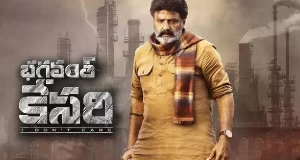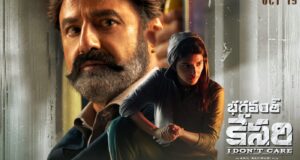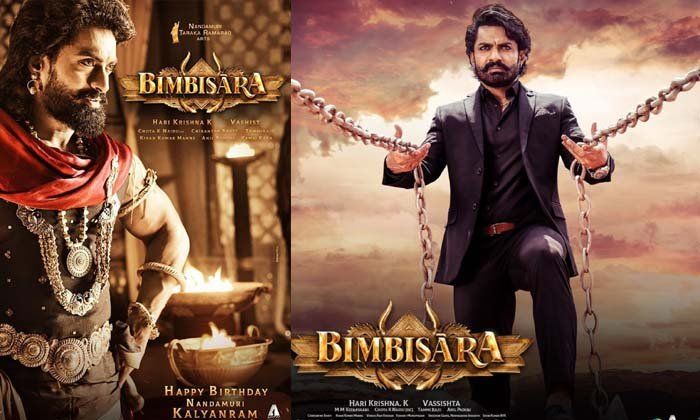Neethane En Ponvasantham Movie Review, NEP Movie Review, Jiiva NEP Review, Neethane En Ponvasantham Public Review, Neethane En Ponvasantham Public Talk

Gautham Menon’s Neethane En Ponvasantham [NEP] casting Jeeva and Samantha in the lead roles is all set to hit the mega screens worldwide today, December 14th
Film: Neethane En Ponvasantham
Starring: Jeeva, Samantha,Santhanam
Director: Gautham Menon
Producer: Gautam Menon, R.S Infotainment
Banner: Photon Kathaas, RS Infotainment
Music: Ilayaraja
Produced by Photon Kathaas and RS Infotainment, directed by Gautham Vasudev Menon, Neethane En Ponvasantham is a love story (or as the director cleverly puts it across – moments from Varun-Nithya’s love story). With excellent acting, fantastic music, pleasing-on-the-eye cinematography, Neethane En Ponvasantham is a great case study of sum being lesser than the parts. The film starts off when Varun joins college and he meets Nithya in the college culturals. They share a history of love-hate relationship. First, they meet when they were kids and then when they were in school. Sparks fly when they meet duing college and they are together for the next four years. The film tries to capture some interesting moments in their lives. Unfortunately, only some of the moments are engaging.
I am not a great fan of GVM’s VTV. It was not bad cinema, it wasn’t a plot oriented film but a character oriented film. But when the director tries the same technique again in NEP, he falls flat. Despite excellent acting by Samantha and Jiiva, you really do not care as much for Varun and Nithya as you should have. Beyond a point their fights become irritating and you wonder why at all they should be together. The biggest drawback of NEP is the script focusses too much on the fights between Varun and Nithya and not so much on romantic moments. And you know the director has faltered when he packs off Nithya on a holiday to Edinburgh, and focuses on Varun and you immediately sit up with interest. The moment Nithya is back, the script sags again.
Just like in the Tamil film Khushi, a key scene happens on the rooftop just before the interval – the roof top acts as a character here (Varun-Nithya have had some real intimate moments in this rooftop), but the scene is absolutely ineffective due to the mishandling by the director. (The scene from Khushi in comparison is Citizen Kane – more on this a bit later). To give credit to the film, there are a few moments which are engaging. Nithya teaching Varun how to pronounce Edinburgh, the initial school scenes, the climax scene in the same rooftop, the family scenes which changes Varun from a boy to a man, and the first few moments in the college culturals are really entertaining. Incidentally, these are the
portions when Varun and Nithya do not fight!
And GVM has done the biggest disservice to Ilayaraja by having improper situations for at least 3 songs. Mudhal Murai, Kaatrai konjam and Ennodu act as speed breakers. The songs are picturised with love and care but due to the situations in which they occur, you really do not get involved. But the balance 4 songs – Saindhu Saindhu, Sattru Munbu, Vaanam Mella and Pengal Endral – are good. Sattru Munbu is rivetting in its picturisation in the climax, and the way Samantha emotes here clearly lifts the film to a different level. (Thengi pona Ore nadhiyena indru naanada – you can see it in her eyes – frankly I did not think she could act this well).
The climax is very good on its own, but when compared to the rest of the film, it is outstanding. And what works here are the moments where no one talks – and this is where Raja scores. What a BGM in the last few minutes. When you hear Raja’s BGM in the last few scenes, you immediately realize what is wrong with the film – through the film, some one or other keeps on talking, and there is just no scope for BGM. GVM – Is this how you write scenes? You should have learnt from a less sensitive director (perhaps more street smart) like S.J.Surya. Take the Khushi rooftop scene for example, Vijay and Jothika fight in the rooftop – they keep on arguing – the pitch of their tones keep on getting high – and
then an airplane takes off nearby and interrupts their argument for a few moments – and it provides such a character to the scene.
And when Vijay says something he should not have said, the director immediately focuses on Jothika’s close up reaction. She is so hurt that Vijay immediately realizes the mistake he has done and his facial expression conveys that he is really sorry for what he had said. But she is now so hurt that she isn’t prepared to give him another chance – the director focuses on close ups and the music director gives a reasonable good BGM and then the scene becomes so very effective. GVM – You may well want to show that the rooftop is a character by opting for a long shot that covers the rooftop as well as Chennai skyline, but you can’t extend it to the whole scene. It reduces the experience to watching something
like a stage play.
And you take a genius like Raja, who changed the way BGM was written in Indian Cinema, and offer him no scope at all? I mean, isn’t this suicide? Here is a composer, who had saved films like Idhayam before. And the moment you listen to the last couple of scenes, you know Raja could have saved NEP, if the director thought about BGM when conceiving shot composition. But the current product is even beyond the Maestro. Wasted Opportunity.
 TeluguNow.com Reviews, Live Updates, Telugu cinema news, Telugu Movies Updates, Latest Movie reviews in Telugu, Telugu cinema reviews, telugu movie reviews, Telugu Actress Photos, Telugu Movie HQ Photos, Tollywood, Box office collections, Telugu Movie show times, Theater List, telugu cinema tickets Telugu Movie Review, Telugu Movie Ratings, Telugu News, News in Telugu, AP Politics, Telangana News, Gossips, Telugu Cinema News, Wallpapers, Actress Photos, Actor Photos, Hot Photos,
TeluguNow.com Reviews, Live Updates, Telugu cinema news, Telugu Movies Updates, Latest Movie reviews in Telugu, Telugu cinema reviews, telugu movie reviews, Telugu Actress Photos, Telugu Movie HQ Photos, Tollywood, Box office collections, Telugu Movie show times, Theater List, telugu cinema tickets Telugu Movie Review, Telugu Movie Ratings, Telugu News, News in Telugu, AP Politics, Telangana News, Gossips, Telugu Cinema News, Wallpapers, Actress Photos, Actor Photos, Hot Photos,



